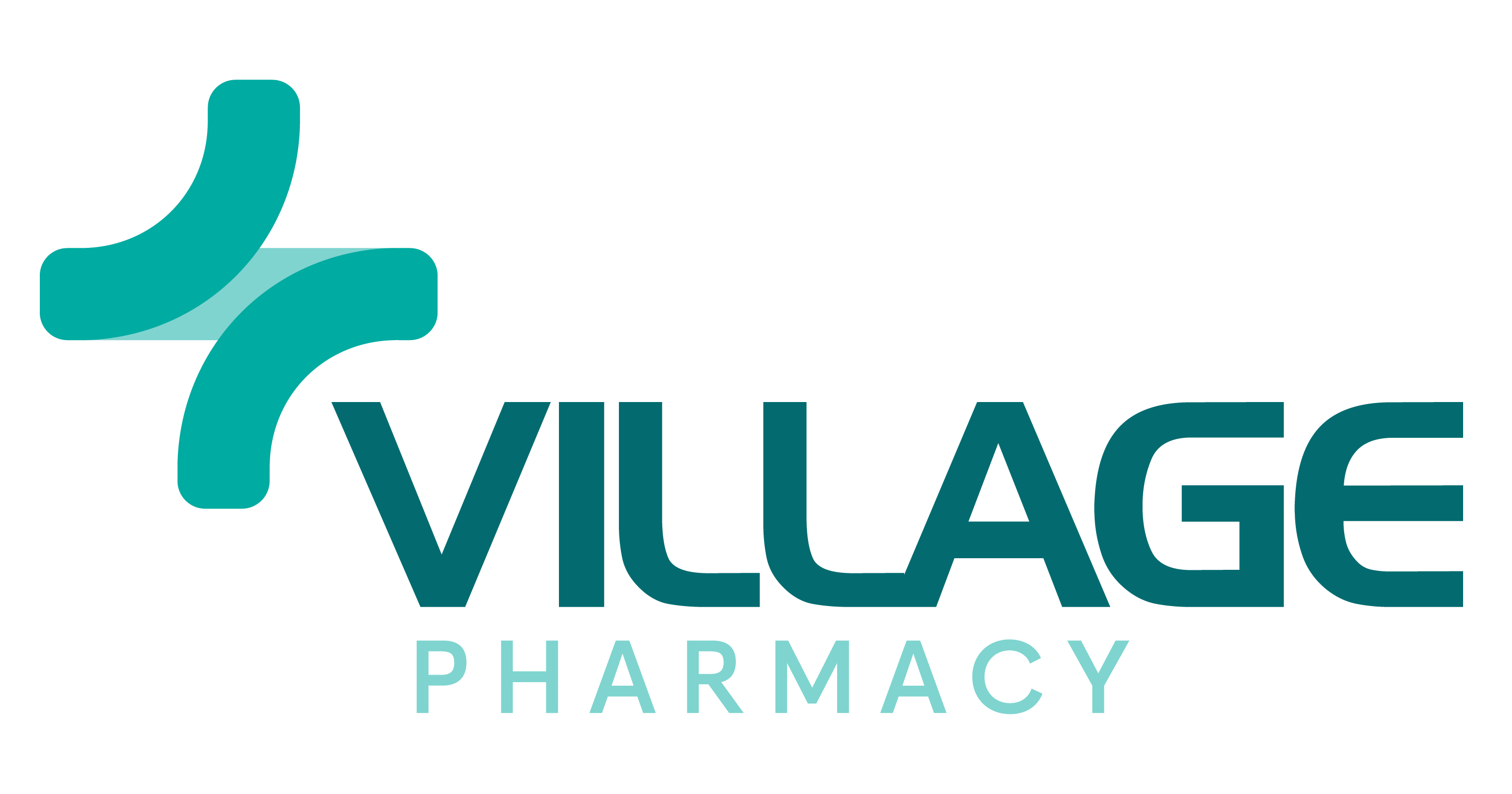Well, we’re here to answer that question for you! In this blog, we’ll explore the intricacies of moles removal, addressing your concerns and shedding light on what you need to know. So, let’s explore the fascinating world of moles and understand the possibilities surrounding their recurrence after removal.
Understanding Mole Removal
Moles can be removed for various reasons, ranging from cosmetic concerns to medical considerations. Whether you’ve opted for surgical excision, laser removal, or other techniques, the primary goal is to eliminate the mole while minimizing scarring.
However, it’s crucial to recognise that moles are clusters of pigmented cells, and their removal doesn’t always guarantee they won’t reappear.
Can Moles Really Come Back?
The answer is yes, moles can come back after removal, but it’s not a common occurrence. The likelihood of recurrence depends on several factors, including the type of mole, the method of removal, and individual skin characteristics. While some moles may regrow due to incomplete removal or remaining pigmented cells, others may reappear as new moles over time.
Types of Moles and Recurrence
Understanding the type of mole you had removed can provide insights into the likelihood of its return. Common moles, which are typically small, round, and brown, have a lower chance of recurrence after removal. However, atypical moles, larger in size and irregular in shape, may pose a slightly higher risk.
Methods of Mole Removal
Different moles removal methods can impact the likelihood of recurrence. Surgical excision, where the mole is cut out, often leads to a lower chance of regrowth compared to laser removal or shaving. Additionally, ensuring complete removal during the procedure is crucial in preventing the return of the mole.
Tags and Moles Removal
Skin tags and moles are distinct entities, but they share common removal methods. If you’ve undergone tags and mole removal simultaneously, understanding the characteristics of each is vital.
Skin tags are benign growths of skin that are often more prone to reappearing than moles. However, the chances of recurrence for both can be minimised by choosing the right removal technique.
Mole Removal Before and After: What to Expect
Before diving into mole removal, it’s essential to discuss expectations. Consult with your dermatologist to understand the type of mole you have and the most suitable removal method. Post-removal, follow proper wound care procedures to minimise scarring and reduce the risk of complications.
Mole Removal Cost
Cost considerations are often a significant factor in deciding whether to undergo mole removal. The expenses associated with mole removal can vary depending on factors such as the type of procedure, the number of moles, and the location on the body. It’s crucial to weigh the mole removal cost against the potential benefits and consult with your healthcare provider to make an informed decision.
How to Remove Moles Naturally
For those exploring natural alternatives to moles removal, it’s essential to exercise caution. While various home remedies claim to eliminate moles naturally, their effectiveness is often questionable. Natural methods may not ensure complete removal, increasing the chances of recurrence. Always consult with a dermatologist before attempting any DIY mole removal methods.
Achieve Radiant Skin Confidence with Village Pharmacy’s Expert Tags and Moles Removal Services
Understanding the nuances of mole removal is essential. Although recurrence is possible, it’s not common. Optimal results lie in selecting the right removal method, comprehending mole types, and adhering to post-removal care.
We, at Village Pharmacy, invite you to book an appointment online for our expert tags and moles removal services. Our team of professionals provides personalised guidance, ensuring a well-informed approach to achieve your desired results.
Take the first step towards confident skin health with Village Pharmacy’s online appointment booking for unparalleled tags and moles removal services.





